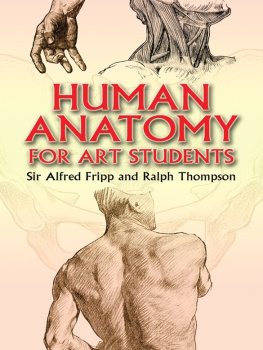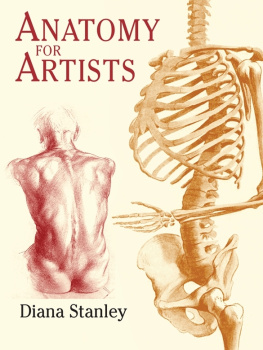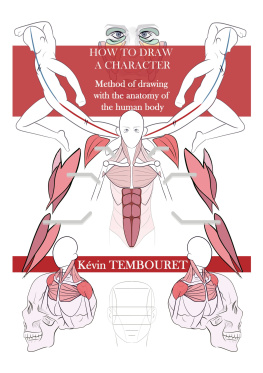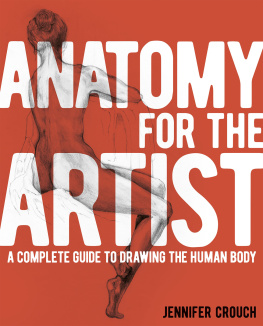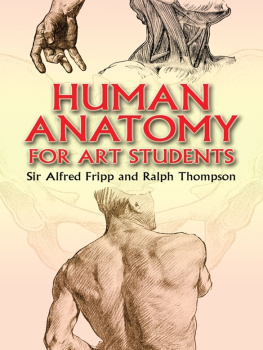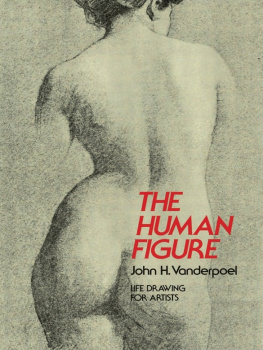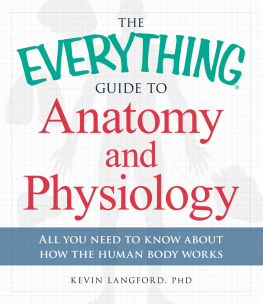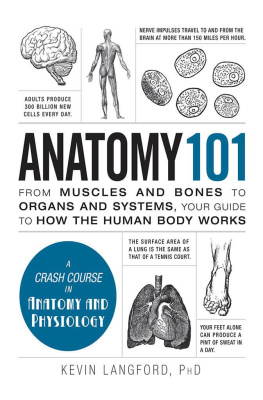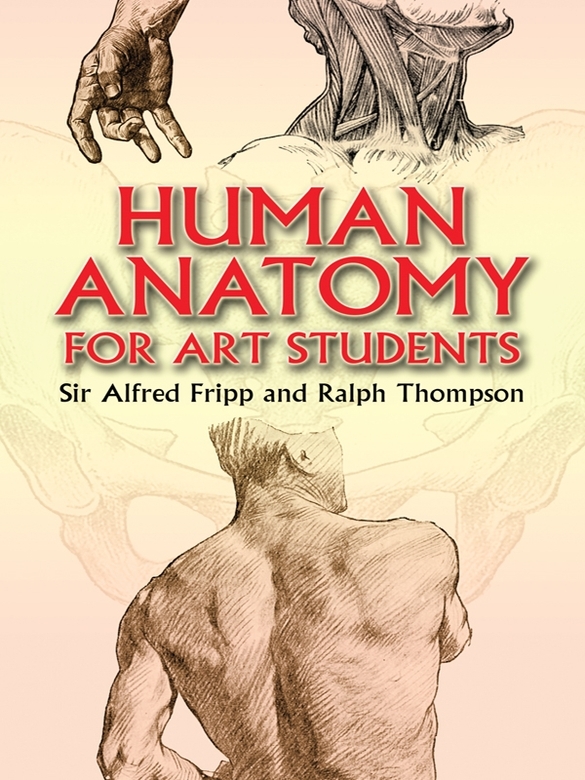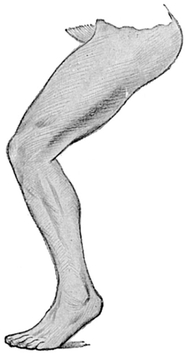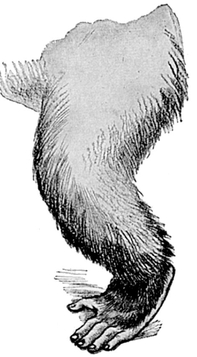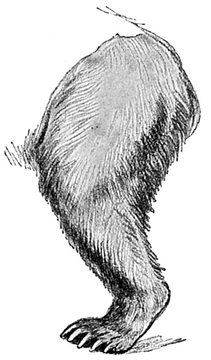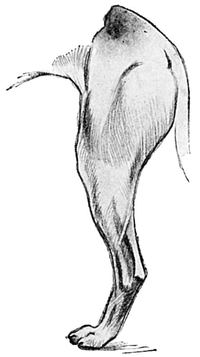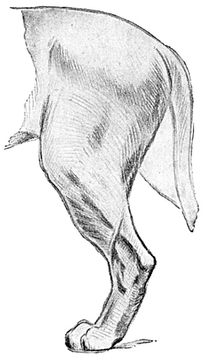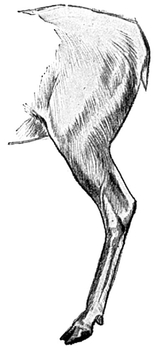APPENDIX
COMPARATIVE ANATOMY
IT is not proposed in this chapter to deal in any way minutely or scientifically with the subject, necessarily a large one, of comparative anatomy, but rather to put forward some at least of the more salient points of resemblance and difference between the structure of man and the animals.
On looking at the subject, we quickly realise that there is, to a considerable extent, a relationship of construction running through all the mammalia, including man. They may, indeed, be almost regarded as modifications of a single form. The possession of a head, trunk, and four limbs is of course (except in the case of certain entirely aquatic mammals) a common link; but the resemblance is deeper than that, and is to be traced not only through the mammalia, but also through the birds, and even to the quadrupedal reptiles.
The head, trunk, and limbs are modified and adapted to meet the varied requirements of the different orders and species, whether for predatory purposes or for defence, for simple progression on land or for swimming, climbing, digging, seizing, and so forth. These modifications go, indeed, sometimes as far as practical eliminations, as in the case of the hind-limbs of the whales (mammals), which are merely rudimentary and invisible, in no way affecting the external form of the animal, the largely developed and adapted tail supplying their place as a power of locomotion. Or, the modification may be in the direction of increased development, as in the case of the bat, where the metacarpus and phalanges are very greatly lengthened, forming a wing, by means of a membrane stretched between them, this membrane extending to the hind-leg, which, as the animal is non-terrestrial, is very small and useless for locomotion on the ground. But such extreme forms as these need hardly be considered in the present chapter.
With regard to the quadrupeds, it will be found that, in common with man, they possess skull, spine, ribs, and sternum, scapula, pelvis, humerus, and femur. The clavicle, important in man, and in such animals as have free lateral movement of the fore-limbs, is absent in many casesin the horse or the ox, for instanceor it may be rudimentary, as in the cats.
It is below the humerus and femur that the variation in the number of bones in the limbs of the different creatures commences, and towards the extremities the differences are very great: for instance, between the foot of the bearwith five digits, and plantigrade like manand of the horse, which consists of a single digit, enclosed within a rigid nail, the hoofor the forefoot of one of the cats, with five digits, each with a retractile claw and a pad beneath, a foot silent and powerful, and, unlike the horses, an instrument of more than mere progression.
A common purpose of the limbs in all terrestrial or partly terrestrial animals is to sustain the weight of the body (except, of course, in the case of the arms in man, and to a considerable extent of the monkey) and, more particularly in the case of the hind-limbs, tc propel that weight forward. Without doubt, the main design to be traced through such a variety of forms is the one best suited for that purpose.
The accompanying drawings will show at a glance the resemblances as well as the differences between a human leg and the hind-legs of several animals of different types; man, the gorilla, and the bear (plantigrades when standing at rest) being shown with the calcaneum raised from the ground as in movement, whereby the limb is pulled more into the position of those of the habitually digitigrade animals which follow.
It is seen that all these limbs are divided by two joints into three principal lengths, corresponding to the thigh, leg, and foot in man (though this division is certainly least apparent in the case of the elephant), and that there is also a similarity in the relative direction of the angles, one with another, formed by these lengths.
Each foot of the gorilla and bear, like that of man, has five digits, and when standing the whole of it is placed upon the ground. The foot of the bear has a strong resemblance to mans, much more than that of the ape, which more resembles a hand. In the bear the toes are short as compared with the metatarsus, as in the human foot.
The dog and the lion (digitigrades), which may be taken as types of the canid and felid, have each four digits on the hind-foot, though the dog occasionally has five. Both have five on the fore-foot, the innermost being of little importance with the dog, but in the cats the thumb, with its well-developed claw, is a powerful instrument for seizing and holding, and is capable of being bent to a right angle with the other claws. When sitting the familiar attitude of the cat or dogthese animals are for the time being plantigrade, the whole of the foot being upon the ground. The limb is then in much the same position as the leg of an Indian or African native when squatting.
The deer (digitigrade) has the calcaneum (the point of the hock in the horse and the heel in man) high above the ground; the digits are two in number, enclosed one on each side of the divided hoof. The length of footthat is, from the calcaneum to the hoofgives the animal great springing power. It is a limb built for sustained speed; the foot is very light, and the sinew corresponding to the Achulis is as powerful as the haunch.
The greyhound has, in proportion to the rest of the limb, a shorter foot than the deer, but the femur is longer and more free from the body, which is much lighter in build than the deers. This, then, is a different type of limb to that of the last-named animal, but it is also designed for speed.
The lions is relatively a heavier type of limb than the deers or the greyhounds, and is more adapted for strength and sudden spring than for sustained rapid motion.
The elephant, even more pronouncedly digitigrade than the dog, has a hind-limb which can hardly be likened to that of any other mammal. The femur and tibia make a slighter angle than in other quadrupeds, the calcaneum (hock) is very near the ground, and the bones of the metatarsus, five in number, are short. It is the shortness of these bones which gives the peculiar and distinctive character to the animals hind-leg. The toes are not separated, and are supported behind by a large pad of fleshy substance; and there are in the African species three stout short nails, the Indian having four. The general appearance of the limb suggests that there is but one joint, viz. the knee. The foot has, indeed, but little power of movement at the ankle, and when kneeling to receive its load, the elephant rests upon the knee, with the limb below that point stretched along the ground to the rear. A similar disposition of the hind-limb may be observed in a quadrupedal reptile, the tortoise, which also has the calcaneum low and the metatarsus shortindeed the two limbs are not dissimilar in character. As with the tortoise, the elephants limb is designed for weight-bearing, and not for rapid movement, for the animal progresses mainly by the mere swing of the leg from the pelvis. The elephant must, in proportion to his size, be considered as a slow mover. This lack of speed is due to the straightness of the limbs. It is true that man, when standing erect, has the femur and tibia more in line, one with the other, than is the case with any quadruped; but the entire length of the femur is free from the trunk, the leg is capable of great flexion, and the elasticity and length of the foot, worked by the well-developed soleus and gastrocnemius, afford that spring which in the elephant is practically absent. He is therefore, in proportion to size, a much more speedy mover than the elephant, which, according to Sir Samuel Baker (when speaking of the longer limbed of the two varieties, the African), is only capable of a speed of fifteen miles an hour, which it could keep up for two or three hundred yards, after which it would travel at about ten miles an hour. This is a very moderate rate of speed for an animal of the elephants size and length of limb, when compared with that of many vastly smaller creatures.

